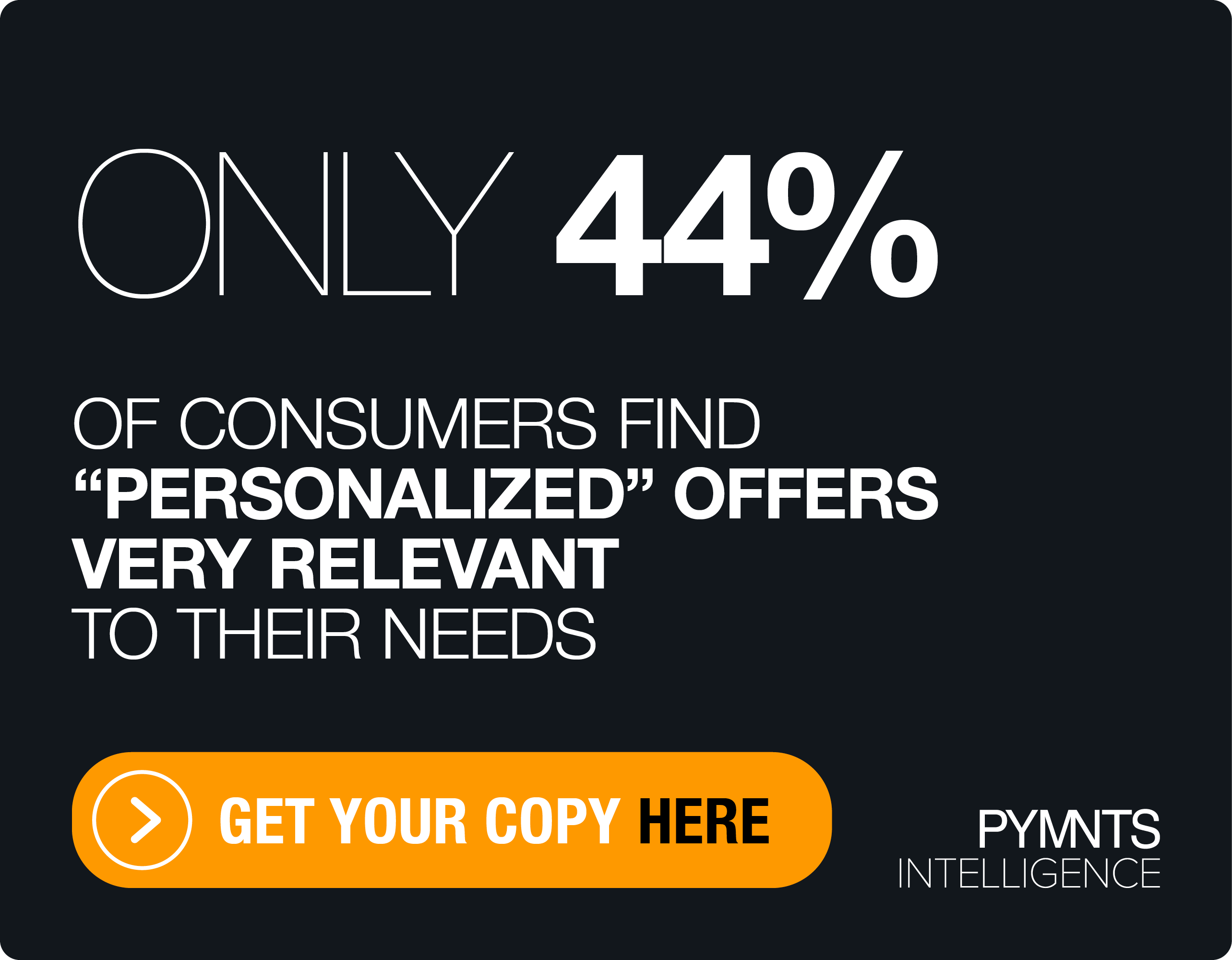Contextualizing The SMB Credit Score Through Open Banking

Businesses have a front-row seat to the market volatility resulting from coronavirus. As governments around the world work with financial institutions to connect these companies to capital, many firms are quickly recognizing just how drastically their financial worlds have been turned upside down.
One business client of small business credit scoring company CRIF Realtime experienced this firsthand. According to CRIF Realtime Chief Product Officer Glen Keller, this company — an operator of restaurants and cafes with £1.4 million in annual turnover — had been approached by its bank repeatedly in both January and February for a loan, but the company hadn’t needed the capital.
It was a different picture in March as restaurants were forced to close. But when the business approached its lender, it was turned down for financing.
“This is a great company that hasn’t done anything wrong, it was expanding with healthy turnover — and it could have collapsed in a matter of months,” Keller told PYMNTS in a recent interview.
This business exemplifies a major challenge that small and medium-sized businesses (SMBs) have faced long before the coronavirus pandemic: when a firm is rejected for a loan, the decision often goes unexplained.
“A lot of banks and lending institutions are turning companies down for a loan or funding, yet they’re never given an explanation as to why,” said Keller. “It’s a yes, or a no — and the door is shut.”
Open Banking Transforms The Risk Profile
Small business credit scoring is an emerging area of the financial services arena as financial institutions and alternative lenders expand their appetite for SMB loans. Yet increasingly — and especially amid the COVID-19 crisis — it’s just as important for small businesses to understand their own risk profiles as well.
Open Banking in the U.K. has been instrumental to opening up this opportunity for SMBs, said Keller. The framework enables real-time access to and analysis of financial data, enabling small business risk profiles to be developed not solely on debts or three-month-old information.
Just as important, noted Keller, is that small business owners can consume this information without the technological know-how traditionally required to understand complex data.
With the onset of the pandemic, ensuring that not only lenders, but the SMBs they serve, have a clear picture of whether they are fit for funding is essential to connecting firms to capital quickly.
Past, Present And Future
The ability for Open Banking to expand the context in which SMB risk profiles are analyzed has been particularly valuable for lenders and borrowers alike amid the coronavirus pandemic.
For CRIF Realtime, the opportunity existed in enabling firms to understand their current financial positions within the broader context of where they were before the pandemic — a capability key to enabling those companies to get to where they want to go once the volatility eases.
The company recently rolled out several new services for small businesses, including the COVID-19 Liquidity Calculator, which automatically presents several scenarios to a small business based on its current position and past data to assess how much funding a company will need to survive. The company also introduced a Pre-Crisis Funding Credit Report, which aims to help small businesses and lenders place a small business’s current financial standing in the context of their past performance to show banks how viable an SMB was before the pandemic hit.
As Keller explained, for small and medium-sized firms to survive the current market climate, they must understand where they are as well as where they were in order to get to where they want to be.
Growing Financial Literacy
For many organizations, the coronavirus pandemic introduced such sudden volatility that many firms struggled to understand how to react. As government relief schemes rolled in, Keller said SMBs also struggled to assess which programs they qualified for, and how much capital they needed should they secure an opportunity to obtain funding.
As businesses work through these challenges, he also noted that the small and medium-sized business community is likely to see some more permanent changes to the way it manages liquidity and understands financial positions.
“We’ve always talked about making business owners more financially aware, and I think it’s a deep-end baptism for a lot of these business owners that might be something they’ve never really had to deal with before,” he said. “We’ll get more educated [SMBs] that come out the other side that will start paying closer attention to this.”
This means that more small businesses will not only want to better understand their own risk profiles, but those of their business partners as well. Keller said he anticipates more firms to seek understanding of the risk exposures of their suppliers, buyers and other players in their supply chains, another capability made possible by Open Banking.
Keller said CRIF Realtime is working on developing a solution that can help firms easily identify the financial viability of their partners.
“We anticipate, coming out of this, that people will want to know that the business they’re about to trade with is alive and able to fulfill its obligations,” he noted. “You don’t want to have the fear or doubt that a company is not going to be around in three months’ time.”
